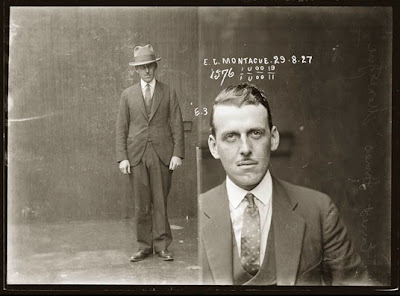 |
| The Cecil Hotel in downtown Los Angeles has been the scene of strange goings on. |
I
t’s probably not overdoing it to say that the Cecil Hotel, recently rebranded as the Cecil Hotel Apartments, is one of L.A.’s spookiest buildings. At least two bona fide serial killers – “Night Stalker” Richard Ramirez in 1985 and Jack Unterweger in 1991 – called it home, and the 95 year-old hotel, built in 1927, has had several murders and its share of jumpers who went out the higher windows and hit the sidewalk below or the hotel’s marquee. One jumper landed on a pedestrian and killed him as well as herself.
 |
| The Night Stalker |
But one of the truly strangest stories is that of Canadian tourist Elisa Lam. She went missing from the hotel Jan. 31, 2013, and was found drowned in one of the Cecil’s rooftop water tanks. She had been dead in the tank for two weeks and wasn’t discovered until guests complained about the smell and taste of the hotel’s drinking water and low water pressure in the showers. A maintenance man went up to the roof to investigate and made the grisly discovery.
Security video shot inside a Cecil elevator captured Lam just before she went missing. She appears to be frightened, pushes buttons for all of the floors and seems to be hiding inside the elevator. She steps off of the elevator and makes strange gestures, as though she’s speaking with someone. See video, below.
Some observers say that it would have been impossible for her to make her way to the roof and somehow get inside the water tank unassisted. Below, a local news reporter explains how difficult it would have been for Lam to get inside the water tank.
Police ruled her death an accidental drowning. We’ll probably never know for sure what actually happened that night on the roof of the Cecil. Below, see Cecil guests’ reactions to drinking, bathing and brushing their teeth with the tainted water from the rooftop tank. CNN gives a rundown on the hotel's tragic history.










